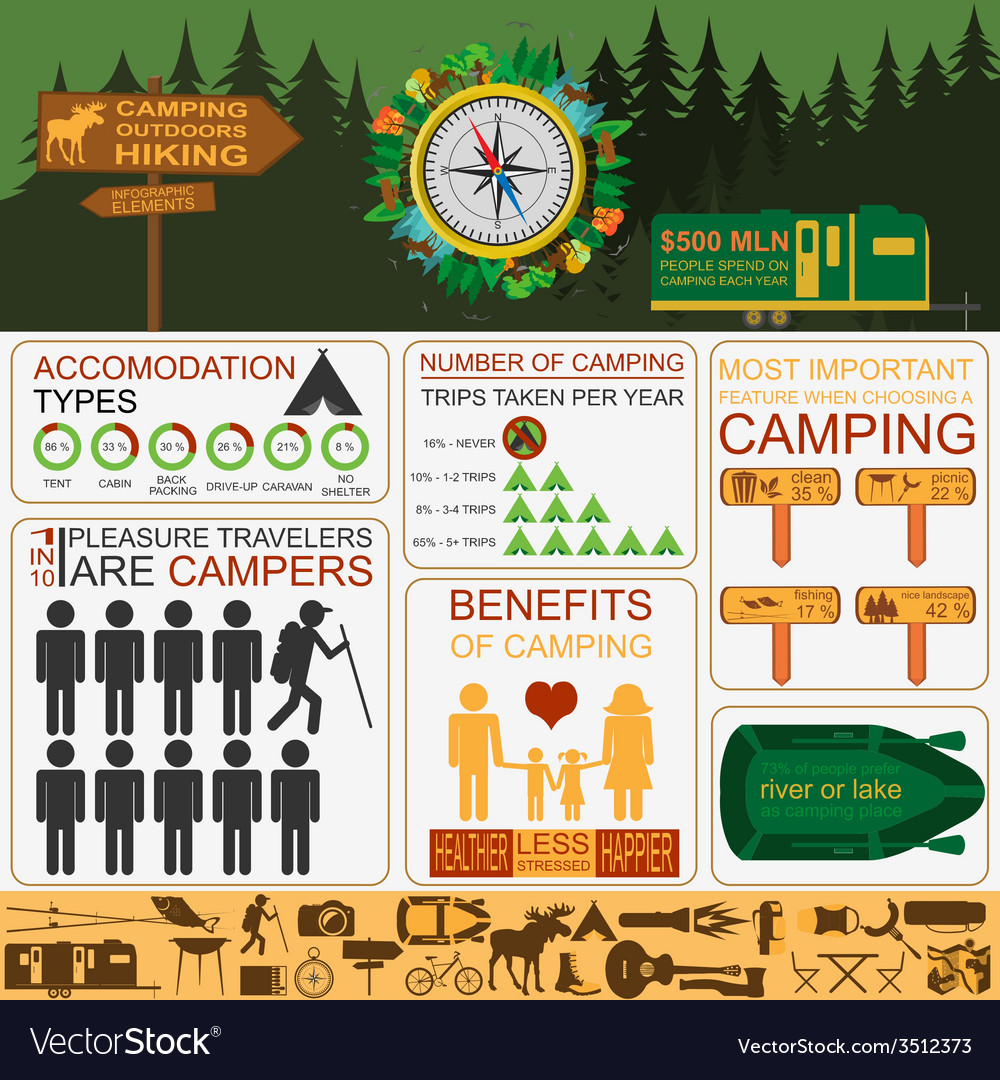Maximize And Maintain Your Profitable Online Camping Tents Company Via Selling Camping Tents
Maximize And Maintain Your Profitable Online Camping Tents Company Via Selling Camping Tents
Blog Article
How Essential Are Tent Footprints/Ground Cover?
Camping tent footprints are a fantastic method to safeguard your tent floor from abrasions and extend its functional life. Nearly all equipment makers supply their very own brand-specific impacts that are designed to match their specific tent versions.
How often should a tent be waterproofed?
This tailored technique supplies ease of setup and lessens the threat of rainwater seeping in with the seams.
What are they?
Outdoor tents impacts (also referred to as outdoor tents ground sheets or under tent pads) provide a layer of security in between the base of your outdoor tents and the exterior setting. They protect your tent from sharp objects, moisture, and abrasive surfaces.
Most tent manufacturers provide their own top quality impacts created to fit flawlessly with their marked shelter models. Nonetheless, these are commonly costly and reasonably heavy contrasted to DIY alternatives like Polycryo or Tyvek.
Footprints are typically made from long lasting, waterproof products such as polyurethane, nylon or silnylon. For ultralight backpackers seeking to minimize pack weight, there are also lightweight, high-strength choices made from Cuben Fiber (Dyneema). It is necessary to choose a footprint that's slightly smaller than your camping tent to avoid rain from leaking down the sides of your shelter and funneling beneath you while you sleep-- no one wants to wake up in a puddle! An impact is a rewarding enhancement to any camping trip. It helps make sure a long lifespan for your tent while including comfort and assurance.
Exactly how essential are they?
Outdoor tents footprints protect the base of your tent from abrasion and moisture, aiding to expand its life-span. They're typically made from waterproof and dirt-resistant products like polyethylene or a lightweight oxford polyester, though the denier of the textile will certainly vary (the higher the denier number, the thicker and burlier).
Most impacts are made to specifically match the shape of your camping tent's floor, which aids decrease product waste. Several have grommets or loopholes whereby you can weave guylines for stress and risks, guaranteeing that the footprint is firmly held down.
If you camp in rough surface or locations where there's a great deal of downed branches and sharp rocks, a camping tent footprint is well worth the added weight and mass. But if you regularly camp in dry, sandy or rough conditions, a footprint might be overkill. A tarp is a much better alternative in that instance.
Do you commonly load one?
If you're camping on a really flat surface where rocks and sticks aren't a concern, a tent impact probably isn't needed. If you remain in the backcountry with a lot of harsh surface, an impact can make life much easier.
Footprints are normally sized slightly smaller sized than the base of the outdoor tents. That's because a larger footprint would capture rainfall and channel it under the tent, where you could awaken in a pool.
Nonetheless, impacts can be costly and heavy if you buy one from the manufacturer of your outdoor tents (the Big Agnes Tiger Wall surface UL 2 impact, for instance, costs $70 and weighs six ounces). You can conserve cash and weight by making your very own do it yourself footprint by cutting an item of Tyvek or various other waterproof fabric to the specific measurements of your shelter. You can also include grommets for simple add-on. The primary advantage of an impact is that it assists to safeguard the floor of your backpacking tent from rough elements such as rocks and branches.
How do you keep them clean up?
A maker's impact can add significant weight to your sanctuary system and if you're an ultralight backpacker attempting to save every ounce, it might not be worth it. Because of this, numerous backpackers will make use of a do it yourself groundsheet that's constructed out of something like Tyvek or Polycryo and cut it to dimension for their tent footprint.
This alternative is reasonably economical and will secure your tent from dampness, rocks, thorns, sticks, and so on, while also aiding to keep all-time low fancy tents of your outdoor tents dry.
If you do decide to acquire a footprint, make certain it's developed specifically for your details camping tent as this will help in reducing water pooling around the edges of your sanctuary. For instance, if your tent impact is as well big and expands past the side of your rainfly, it will accumulate rainfall which can permeate into lighter-weight tents and potentially wear down the flooring. Make sure it fits your tent fairly snugly to prevent this.
Are Bell tents any good?
